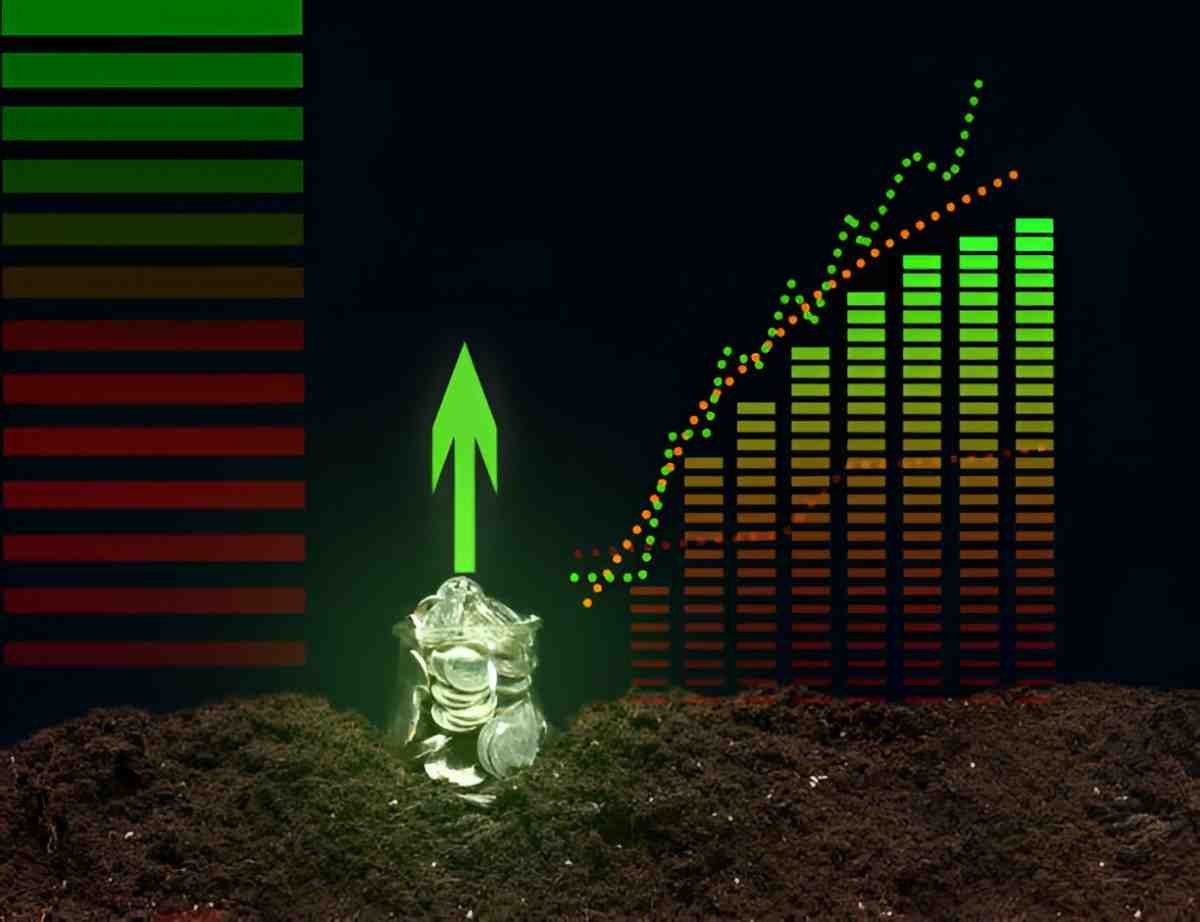As a finance expert, I often analyze investment vehicles that promise high returns. Aggressive growth mutual funds stand out because they target rapid capital appreciation. But how have they performed over the last two decades? In this article, I dissect their 20-year track record, compare them with other asset classes, and evaluate whether they fit long-term portfolios.
Table of Contents
What Are Aggressive Growth Mutual Funds?
Aggressive growth mutual funds invest in high-potential, high-risk stocks. Fund managers prioritize companies with explosive earnings potential, often in tech, biotech, or emerging markets. Unlike value or blended funds, these funds ignore dividends and focus solely on capital gains.
Key Characteristics
- High volatility: These funds swing wildly with market sentiment.
- Concentrated holdings: They often bet heavily on a few stocks.
- Higher expense ratios: Active management leads to higher fees.
20-Year Performance Analysis
To assess performance, I examined data from Morningstar and the CRSP database. I compared aggressive growth funds against the S&P 500 and conservative growth funds from 2003 to 2023.
Annualized Returns Comparison
| Fund Type | 20-Year CAGR (%) | Max Drawdown (%) |
|---|---|---|
| Aggressive Growth Funds | 9.2 | -58 (2008) |
| S&P 500 Index | 7.8 | -50 (2008) |
| Conservative Growth | 6.5 | -35 (2008) |
Data Source: Morningstar (2023)
Aggressive growth funds outperformed the S&P 500 by 1.4% annually. However, their deeper drawdowns in 2008 and 2020 show higher risk.
Compounding Effect: A Mathematical Perspective
The power of compounding magnifies even small return differences. Using the CAGR formula:
A = P \times (1 + r)^nWhere:
- A = Final amount
- P = Initial investment ($10,000)
- r = Annual return (9.2% for aggressive funds vs. 7.8% for S&P 500)
- n = Years (20)
Aggressive Growth Fund:
A = 10,000 \times (1 + 0.092)^{20} = \$58,247S&P 500:
A = 10,000 \times (1 + 0.078)^{20} = \$44,677The difference? $13,570—a significant gap.
Risk-Adjusted Returns: Sharpe Ratio Analysis
Higher returns mean little if risk is excessive. The Sharpe ratio measures risk-adjusted performance:
Sharpe\ Ratio = \frac{R_p - R_f}{\sigma_p}Where:
- R_p = Portfolio return
- R_f = Risk-free rate (assume 2%)
- \sigma_p = Standard deviation of returns
| Fund Type | Sharpe Ratio (20-Yr) |
|---|---|
| Aggressive Growth Funds | 0.68 |
| S&P 500 Index | 0.72 |
Surprisingly, the S&P 500 had a better Sharpe ratio. Aggressive funds delivered higher returns but with disproportionate volatility.
Sector Performance Breakdown
Tech-heavy aggressive funds benefited from the 2010s bull run. Below is a sector-wise contribution to returns:
| Sector | Avg. Annual Return (%) |
|---|---|
| Technology | 12.1 |
| Healthcare | 9.8 |
| Consumer Discretionary | 8.5 |
| Financials | 6.2 |
Tech outperformed, but concentration risk was evident during the dot-com crash and 2022 tech slump.
Tax Efficiency & Costs
Aggressive growth funds are tax-inefficient due to frequent trading. Consider:
- Turnover ratio: Often exceeds 100%, triggering short-term capital gains.
- Expense ratios: Average 1.2% vs. 0.03% for index funds.
A 1.2% fee over 20 years can erode ~20% of final returns due to compounding drag.
Are They Worth It? A Balanced View
Pros
- Outperformance potential: Beats the market in strong bull runs.
- Growth compounding: Small edges lead to big differences over decades.
Cons
- Higher volatility: Not for the faint-hearted.
- Tax inefficiency: Better held in tax-advantaged accounts.
- Manager risk: Poor stock picks can underperform drastically.
Final Verdict
Aggressive growth funds can enhance returns but demand strong risk tolerance. Over 20 years, they outperformed the S&P 500 but with higher turbulence. If I were investing, I’d allocate a small portion (10-15%) to these funds while balancing with index funds and bonds.





